Let’s solve it together: The X-factor impact of alt proteins on the biggest challenges of our time

Editor’s note: This is part one of a special six-part “Let’s solve it together” series in which we spotlight organizations and individuals who are tackling the biggest challenges of our time—climate, biodiversity, food security, and global health—and explore the X-factor role alt proteins can play in each.
We can solve this together.
If you’re paying attention, the world can feel heavy and messed up most days. Huge, planetary challenges define our times—climate change, “sixth-extinction-level” biodiversity loss, food insecurity for billions, global pandemics, and other mounting risks to public health. Heavy is an understatement.
But light exists. Around the world, good, smart people of all ages, backgrounds, and abilities are dedicating their lives to tackling these challenges. Those working on climate change are striving to slash emissions, and fast. Those focused on biodiversity are aiming to stop deforestation, overfishing, and pollutants pouring into habitats. Food security professionals are working to stabilize entire supply chains and bring down grain costs. Those aiming to save billions of human lives are focused on preventing and mitigating global risks to public health.
Because of this critical work, breakthroughs and progress are happening. But threats continue to mount.
Whether they know it or not, those tackling each of these global challenges share a common stake in something that underpins all of their work: changing how meat is made.
Conventional meat production is a contributor to each of these challenges. If the world is to achieve its climate, global health, food security, and biodiversity goals, making meat differently via alternative proteins (plant-based and cultivated meat) will be as essential as the global transition to renewable energy. When compared to conventional meat, alternative proteins dramatically reduce emissions, require far less land, eliminate the need for antibiotics in our food system, and feed more people with fewer resources.
This multi-part series spotlights good people and groups around the world working on some of the biggest challenges of our time and explores how a shift towards alternative proteins is key to winning on every front.
Climate
Every minute, the climate community grows, we are sure of it. The Intergovernmental Panel on Climate Change, the United Nations Environment Programme, global financial funds like the Green Climate Fund, 350.org, Project Drawdown, the Union of Concerned Scientists, and the one and only Greta are just a few of the powerhouse people and groups leading the way on climate science and solutions today.
With just seven short years to 2030—the threshold year by which we must halve global emissions—transitions need to shift into high gear. As the world transitions to renewable energy and electric vehicles, however, we’re eating more and more meat—the emissions of which will only grow with business-as-usual meat production. Today, agriculture accounts for a third of all global emissions. Animal agriculture alone—including the crops and pastures to feed those animals—accounts for 20 percent of all emissions.
A solution? Change how meat is made.
Alternative proteins can dramatically reduce emissions. Plant-based meat causes up to 98 percent less emissions than conventional meat. Cultivated meat could cut the climate impact of meat by up to 92 percent. Making meat without the animal can help us meet our obligations under the Paris Climate Agreement alongside other solutions, like ending our reliance on fossil fuels. But a world without fossil fuels is not enough. A study led by Oxford University found that even if fossil fuel emissions were eliminated immediately, the world cannot stay below 1.5° of warming without making meat differently.
Those working in climate need alt proteins to win. Explore these resources to learn more about alternative proteins as a climate solution:

A global protein transition is necessary to keep warming below 1.5°C
Learn why alternative protein innovation is crucial to meeting the Paris Agreement temperature target and how we can accelerate progress.

Cultivated meat LCA/TEA report analysis
Recent studies show cultivated meat could have reduced environmental impacts and be cost-competitive with some forms of conventional meat.

Climate-friendly diets can make a huge difference – even if you don’t go all-out vegan
GFI’s Caroline Bushnell speaks to the importance of changing the way meat is made rather than relying on consumers to reduce their meat consumption to combat climate emissions.

Climate solutions
Alternative proteins play an essential role in meeting global climate goals. Learn more about what you can do to help change how meat is made.
Biodiversity
In December 2022, the U.N. Biodiversity Conference (COP15) produced a landmark agreement to address biodiversity loss, restore ecosystems, and protect Indigenous rights. The plan includes concrete measures to halt and reverse nature loss, including putting 30 percent of the planet and 30 percent of degraded ecosystems under protection by 2030.
A diversity of people and organizations championed the plan, from government leaders and biodiversity NGOs to Indigenous groups, scientists, and representatives from business and finance. The consensus at COP15 was clear: The global food system is the primary driver of biodiversity loss, with agriculture alone being the identified threat of more than 85 percent of the 28,000 species at risk of extinction.
It will be impossible to protect and restore biodiversity without rethinking the way we grow and produce food—specifically meat. Conventional animal agriculture faces significant limitations. We’re running out of room for food production, which is leading to the clearing of forests and other ecosystems. Likewise, industrial fishing practices harm habitats and threaten aquatic species in hard-to-reverse ways.
Enter alt proteins.
Changing how we make meat, seafood, eggs, and dairy could free up three billion hectares of land—a land mass double the size of China and India combined. This land could be repurposed for renewable energy production, rewilding, regenerative agriculture, transferring back to Indigenous peoples, and more. A recent study in the journal Nature documented how substituting just 20 percent of beef with microbial proteins from fermentation could cut deforestation in half by 2050. Alternative seafood can ease the burden on our overfished oceans and help preserve wild fish stocks for the coastal communities that rely on them to survive.
According to the UN Environment Programme, we must restore at least a billion hectares of degraded land to meet the Paris Agreement and slow the rate of species extinction. Yet changing how we make meat is not yet prioritized by many who are seeking to protect the world’s biological diversity. By supporting a shift to alternative proteins, biodiversity groups big and small can free up massive amounts of land and water for restoration and recovery.
Those working in biodiversity need alt proteins to win. Explore these resources to learn more about alt proteins as a biodiversity solution:
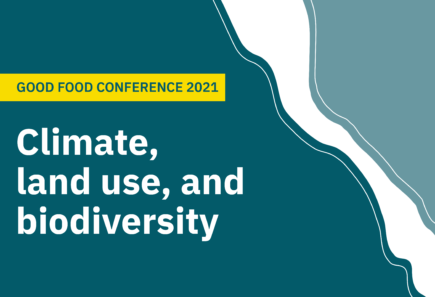
Climate, land use, and biodiversity
Join experts to discuss how alt proteins are a key solution for climate, biodiversity, and land use.

From marshes to meat: Reflections from a career in conservation
In recognition of the U.N.’s International Day of Biological Diversity, a GFI staffer shares her path to this moment and the people and places that have shaped her along the…
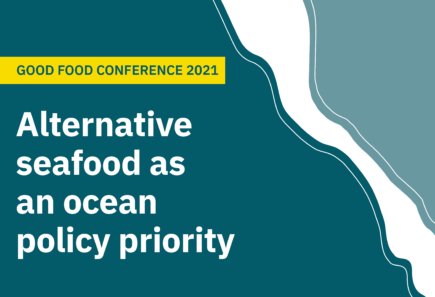
Alternative seafood as an ocean policy priority
Why governments should support alternative seafood as an ocean sustainability solution.

Action paper: An ocean of opportunity
This action paper explores alternative seafood’s role in creating a sustainable, secure, and just food system.
Global health
Around the world, NGOs, governments, research institutions, policy advocates, and foundations are making major strides to protect public health: The World Health Organization, the Consortium of Universities for Global Health, and the World Bank, just to name a few.
But serious threats to global health persist.
Antibiotic overuse is leading to antibiotic-resistant superbugs that already kill more than a million people a year. By 2050, it is estimated that these superbugs could kill 10 million people a year and cost the global economy $100 trillion. Approximately 80 percent of medically important antibiotics sold in the U.S. are fed to farmed animals, contributing to antimicrobial resistance that could spell the end of modern medicine.
According to the UN Environment Programme and the International Livestock Research Institute, increasing demand for meat and today’s unsustainable methods of meat production are two of the seven most likely causes of the next pandemic. Since 1940, agricultural intensification measures such as dams, irrigation projects, and concentrated animal feeding operations have been associated with more than 50 percent of zoonotic diseases that have emerged in humans.
Wave after wave of avian flu, swine flu, and other viruses will continue with business-as-usual industrial animal agriculture. High population densities, prolonged heightened stress levels, poor sanitation, and unnatural diets create perfect conditions for viruses to leap from livestock to humans. Fact: This happens routinely.
A solution? Reduce the world’s reliance on a key driver of antibiotic resistance, new diseases, and pandemics: raising animals for food.
Because they do not require antibiotics for their production, alternative proteins will not contribute to the proliferation of antibiotic-resistant microorganisms. Plant-based and cultivated meat can also help prevent future pandemics by decoupling food production from conditions associated with zoonotic disease transmission. Given growing global demand for meat, eggs, and dairy, a large-scale shift to alternative proteins will be central to mitigating the risk of antibiotic resistance and future pandemics while feeding a growing population.
Those working in global health need alt proteins to win. Explore these resources to learn more about alternative proteins as a global health solution:
Food security
Globally, an extraordinary diversity of people and programs battle food insecurity, from multilateral entities like the U.N. Food and Agriculture Organization and World Food Programme to Chef Jose Andres’ nonprofit World Central Kitchen and Kenya’s One Acre Fund, just to name a few. The work of each of these organizations and all those who are working to end hunger inspires us on so many levels.
Yet food insecurity remains on the rise. As FAO’s own 2022 State of Food Security and Nutrition in the World report stated in its very first sentence: “This year’s report should dispel any lingering doubts that the world is moving backwards in its efforts to end hunger, food insecurity and malnutrition in all its forms. We are now only eight years away from 2030, but the distance to reach many of the SDG 2 targets is growing wider each year.”
Among the key drivers of food insecurity? Cycling crops through animals.
Given finite land and water, a growing global population, and crisis-level food security issues, we can no longer afford the inefficiencies and risks of cycling crops through animals to produce protein. According to the World Resources Institute, chicken is the most efficient animal at turning crops into meat, and yet chicken production requires nine calories of feed to create one calorie of chicken. For chicken, that’s like preparing nine plates of food and throwing eight of them away. For beef, it is like preparing 40 hamburgers only to throw away 39.
One-third of all staple crops grown today are fed to farmed animals, while one in nine people around the world are undernourished. The total global volume of human-grade crops that are used as animal feed was estimated at 968 million metric tons in 2019, a figure that didn’t even include legumes and has only grown since. When considering the 46 MMT gap in the global grain trade brought on just by the Russian war on Ukraine, that’s enough to solve that shortage almost 20 times over.
But more efficient ways of producing protein exist that can enhance food security even in land- and water-constrained environments.
A study funded by the UK Government and ClimateWorks Foundation found diversifying the world’s protein supply could reduce global crop prices by 10 to 12 percent. Today, more than three quarters of our agricultural land is used to produce meat, dairy, and eggs, yet animal products account for less than a fifth of the global calorie supply. By reducing the volume of human-grade crops used for animal agriculture, we can lower crop prices, increase availability in food-insecure areas, and reduce reliance on foreign-sourced food and agricultural inputs.
Alternative proteins play a critical role in a secure food supply that’s equipped to feed a growing world. Alt proteins can be globally scalable and regional—produced by both large companies and by small-scale farmers with indigenous crops adapted to local climates and suited to the needs and tastes of local communities. Similar to the ecological dynamics within natural ecosystems, in which diversity equals resilience, a diversity of people, crops, models, and solutions will be needed to infuse much needed resilience to our global food system.
Those working in food security need alternative proteins to win. Explore these resources to learn more about alt proteins as a food security solution:
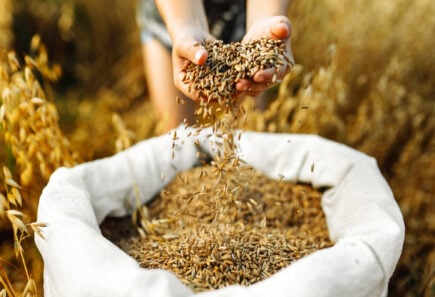
Alternative proteins are a global food security solution
Amid a global grain shortage and skyrocketing food prices, alternative proteins can make the global food system more efficient and resilient.

Plant-based proteins are too expensive
Here’s how to level the playing field with meat.
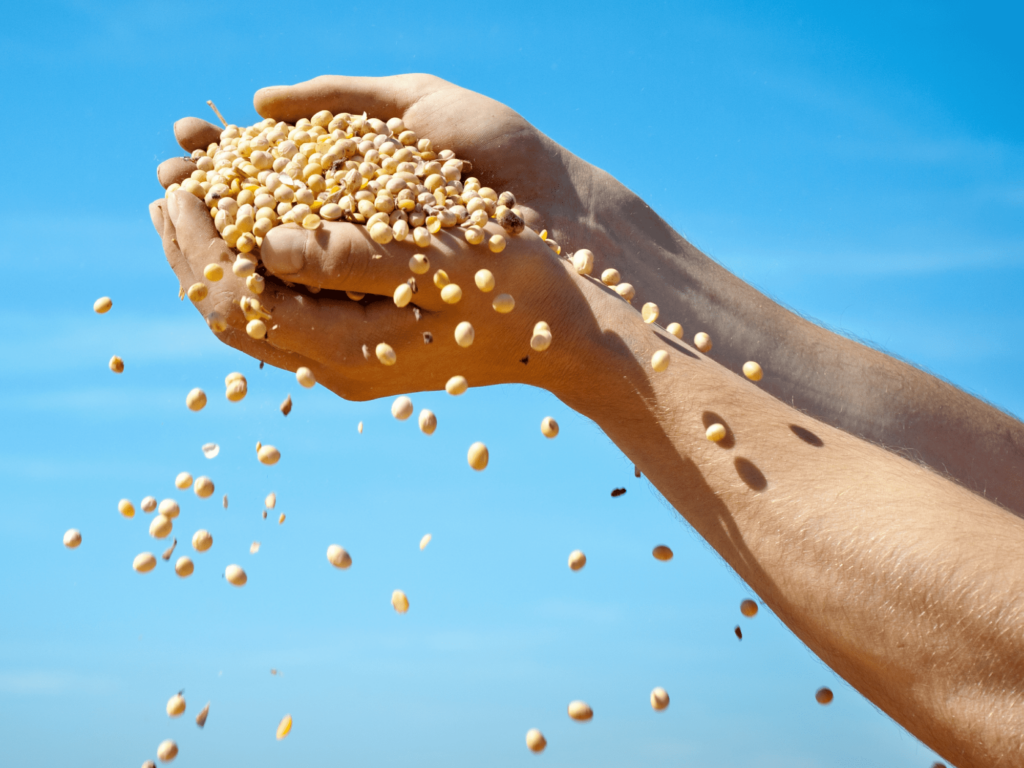
Breakthrough Fermentation Technology To Support Small Farming
The multi-year grant from the Bill & Melinda Gates Foundation will support the development of Nature’s Fynd fermentation-based solutions in low- and middle-income countries with the goal of furthering food security.
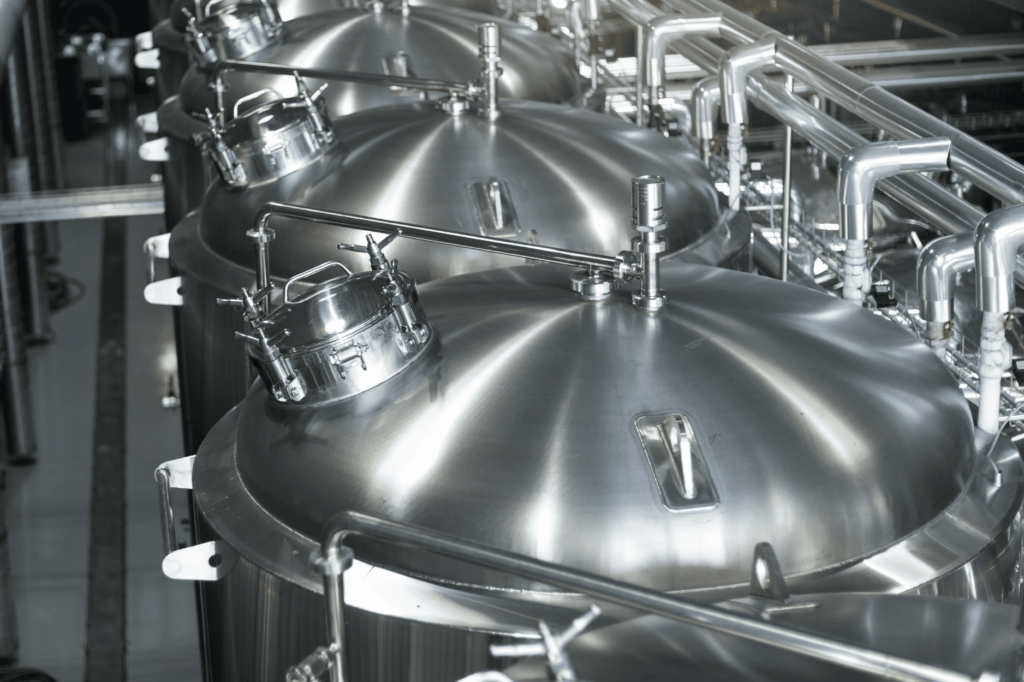
The national security case for lab-grown and plant-based meat
An op-ed authored by Matt Spence, deputy assistant secretary of defense during the Obama administration.
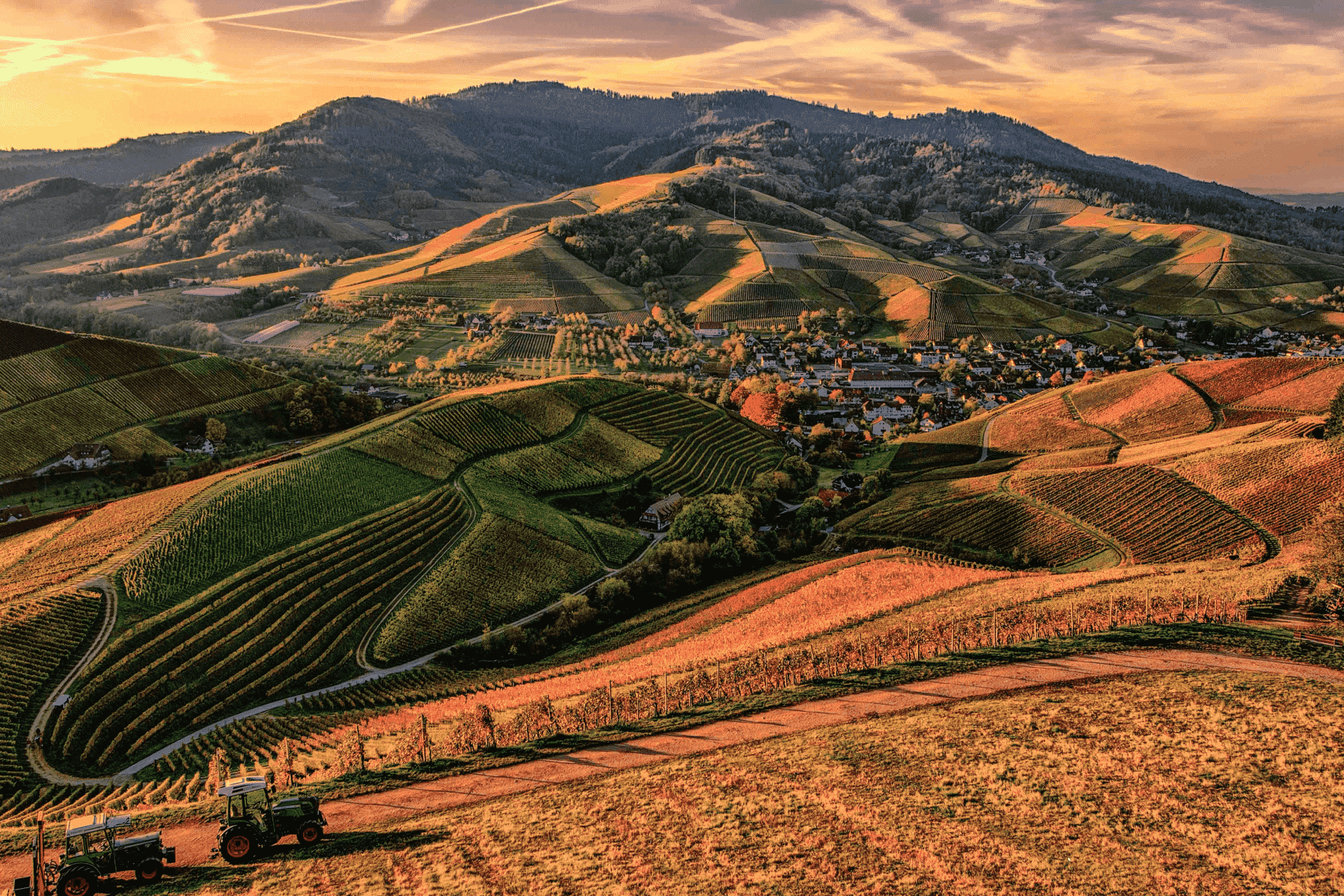
Let’s solve it together.
Alternative proteins are a scalable solution to address some of the biggest challenges of our time. While the potential of alt proteins is exciting and promising, success is not inevitable.
Advances in technologies are happening fast, as more researchers and funding flow into the field. The policy and regulatory landscape is just starting to take shape. Consumers want sustainable options—but they don’t want to compromise on taste, price, or convenience. Navigating and building the path to scale and adoption will take multiple years.
That’s why we need innovators and change-makers from across the climate, biodiversity, public health, and food security sectors to understand and prioritize alternative proteins as part of their work.
Together, we can reduce emissions, free up massive amounts of land and water, protect global health, feed more people with fewer resources, and create a more sustainable, secure, and just food system.
Connect with us
Our work with scientists, businesses, and policymakers across the global food system is powered by philanthropy. Thanks to our donors, we are able to advance the alternative protein ecosystem by focusing on solutions that are global, tractable, and high-impact.

Stay in touch
The Reimagining Protein newsletter is your guide to major alternative protein milestones and essential industry insights. If you are interested in staying connected to the rapidly evolving field of alt proteins, sign up for our bi-weekly newsletter.
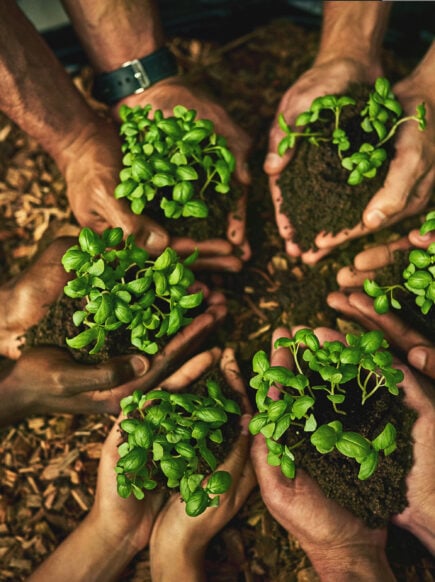
Join our global network of supporters
The future of food is in your hands, and you can change it for good. If you’re interested in learning more about giving to GFI, contact philanthropy@gfi.org.








